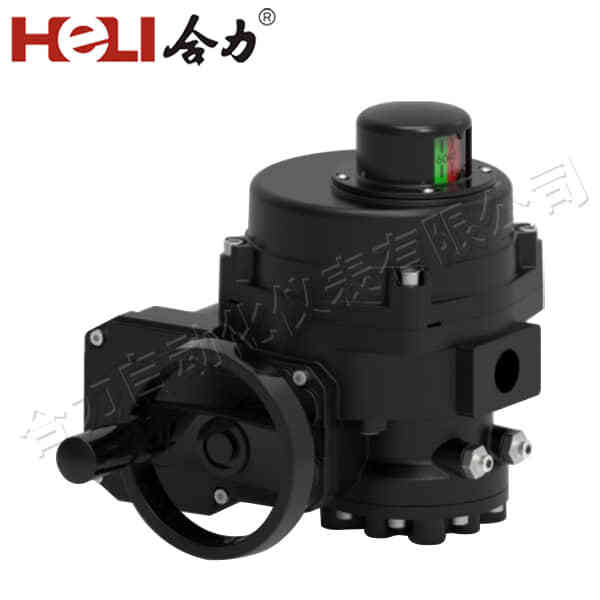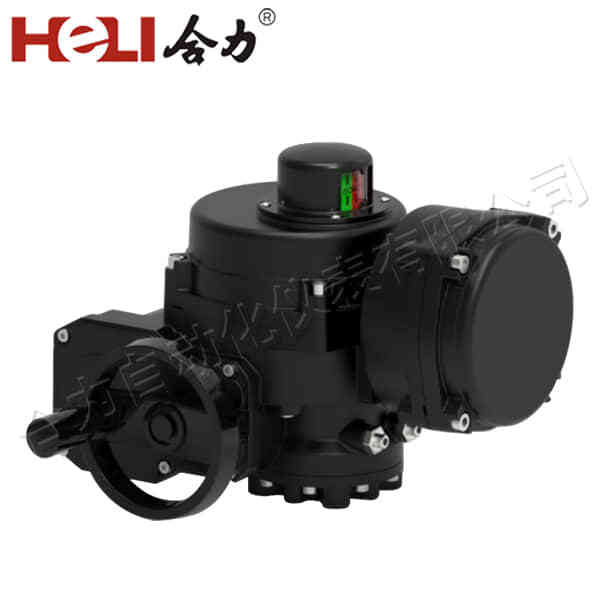Electric actuator valves have become a cornerstone of modern industrial automation, offering precise control over fluid systems across various industries. These valves utilize electric motors to operate the valve mechanism, allowing for seamless integration into automated processes. In this article, we will explore the structure, working principles, types, applications, and advantages of electric actuator valves, highlighting their critical role in optimizing industrial workflows.

What Are Electric Actuator Valves?

Electric actuator valves are mechanical devices that combine electric actuators and valves to control the flow of fluids—such as water, gas, or chemicals—within a pipeline. The actuator is powered by an electric motor, which drives the valve open or closed depending on the required flow rate. The integration of electric actuators into valve systems allows for precise and automated operation, making them ideal for modern industrial applications. How Do Electric Actuator Valves Work? The working principle of an electric actuator valve involves the conversion of electrical energy into mechanical motion. An electric motor drives a gear mechanism, which in turn rotates the valve’s stem or shaft. This movement either opens or closes the valve, regulating the flow of fluid through the system.
